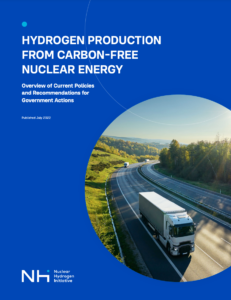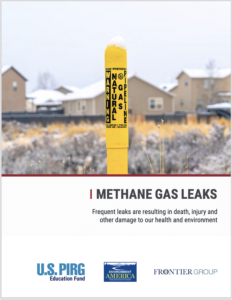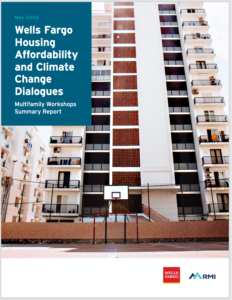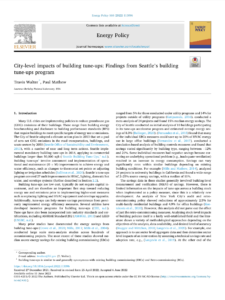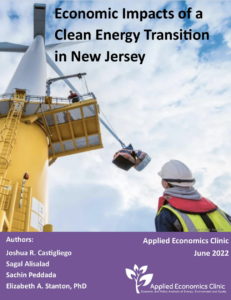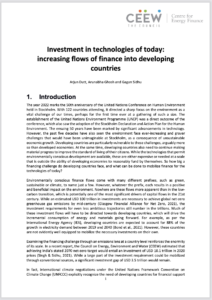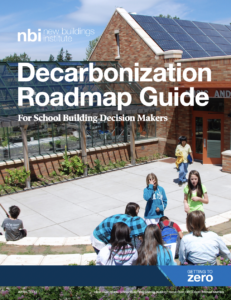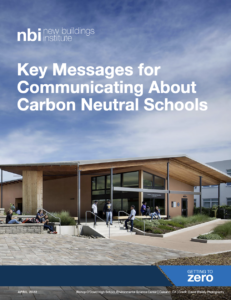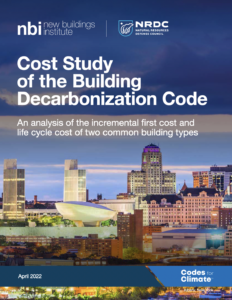The OurEnergyLibrary aggregates and indexes publicly available fact sheets, journal articles, reports, studies, and other publications on U.S. energy topics. It is updated every week to include the most recent energy resources from academia, government, industry, non-profits, think tanks, and trade associations. Suggest a resource by emailing us at info@ourenergypolicy.org.
Resource Library
151 to 160 of 343 item(s) were returned.
As governments and private sector leaders consider solutions to decarbonize the global energy matrix in order to address climate change, hydrogen has increasingly emerged as one promising pathway to net-zero emissions. The world’s most abundant element is an energy carrier that can be used not only to store energy, but also to decarbonize hard-to-abate energy sectors, such as transportation, power, industry, and buildings.
The unique characteristics of nuclear energy allow it to pair with low-cost, high efficiency hydrogen production processes which facilitates nuclear hydrogen production’s economic competitiveness. In this way, nuclear energy can be a catalyst for a clean hydrogen …
View Full ResourceIncreasing the grid interactivity of facilities is becoming a key enabler for decarbonization as more renewables are onboarded, both at the grid scale and on site, and uptake of electric vehicles (EVs) becomes more widespread (see Verdantix Market Overview: Technologies For Grid-Interactive Buildings). Microgrids form a vital part of the gridinteractive ecosystem, enabling the site-level management of distributed energy resources (DERs) and communication with the grid to optimize energy flows for cost-cutting, decarbonization and energy resiliency. This report analyses Schneider Electric’s EcoStruxure offerings and services for microgrid control and management and examines how the firm can support customers adapting to …
View Full ResourceMethane gas has heated the homes of many Americans for over a century – and for over a century, it has been prone to leaks, putting communities and the environment in danger. With growing awareness of the impact of methane leaks on the climate, and with growing availability of safer alternatives, it is clear that gas has no place in a modern clean energy network.
The consistent risks posed by gas leaks – coupled with the urgent need to address climate change – mean that the nation should prioritize electrifying buildings while taking immediate, focused actions to address …
View Full ResourceNew and existing financing tools must play a crucial role in addressing barriers to achieving energy efficiency and emissions reductions in the US multifamily housing sector. Yet, current market challenges have inhibited the adoption of low-carbon technologies across the sector. To identify and address current market pain points, RMI and Wells Fargo convened key industry experts, including leading developers, lenders, policy influencers, technical experts, and housing finance agencies, to engage in two interactive workshops on addressing existing market challenges inhibiting the advancement of low-carbon affordable multifamily housing.…
View Full ResourceThe City of Seattle adopted a climate action plan in 2013 that set a goal of zero net GHG emissions in the road transportation, buildings, and waste sectors by 2050, with a number of near and long term actions. Seattle implemented mandatory building tune-ups in 2016, applying to commercial buildings larger than 50,000 sqft.
Seattle’s building tune-ups program has now been in effect for several years and affords an opportunity for a stock-level empirical analysis to address questions such as: What are the expected stock-level energy savings due to implementing a tune-ups program? Are particular types of buildings expected to …
View Full ResourceResearcher Joshua Castigliego, Assistant Researchers Sagal Alisalad and Sachin Peddada, and Senior Economist Liz Stanton, PhD prepared a report on the economic impacts associated with a clean energy transition in New Jersey that aims to achieve the State’s climate and energy goals in the coming decades. AEC staff find that adding in-state renewables and storage, and electrifying transportation and buildings creates additional job opportunities, while also bolstering the state’s economy. From 2025 to 2050, AEC estimates that New Jersey’s clean energy transition will result in almost 300,000 more “job-years” (an average of about 11,000 jobs per year) than would be …
View Full ResourceThe low-carbon transition requires an economy-wide transformation encompassing the decarbonization of electricity and heat generation, transport, industry and buildings sectors. This entails investments across a number of low-carbon technologies. This paper focuses on ‘technologies of today’, in other words those that have demonstrated technological viability but remain at varying levels of commercial viability in developing countries.…
View Full ResourceThe Decarbonization Roadmap Guide is written for those interested in healthy, efficient, carbon-neutral school design, construction and operation. It outlines achievable goals that result in healthy, affordable, all-electric facilities, and explains common actions taken by leading districts to operationalize their carbon-neutral ambitions. Different stakeholders are likely to interact with this framework in different ways, and the guide shares examples of how this can be done. In addition, the guide links to resources and templates that can be customized locally. While these resources are written with public schools in mind, they can also be used for private schools as well.…
View Full ResourceEffective communication is critical to successfully engage your audience and ultimately achieve your goal of designing, constructing, and operating a zero energy (ZE) school. This document will help you to address key questions around your communication effort and engage stakeholders in the integrated ZE process.…
View Full ResourceThis “Cost Study of the Building Decarbonization Code” analyzes the incremental first cost and life cycle cost of two common building types that follow the code language in NBI’s Building Decarbonization Code. The study, which was supported by the Natural Resources Defense Council (NRDC), analyzes first costs for both all-electric and mixed-fuel paths for single-family and medium office prototypes. It also includes life cycle cost analysis for the single-family scenario. Ultimately, the cost study found that all-electric homes achieve construction savings and mixed-fuel buildings households are only nominally more expensive. It also found marginal additional first costs for property owners …
View Full Resource